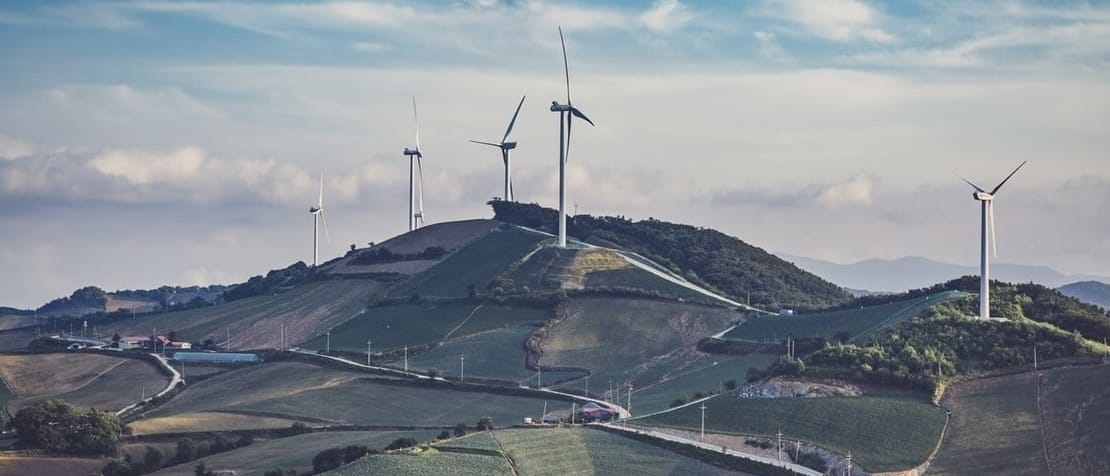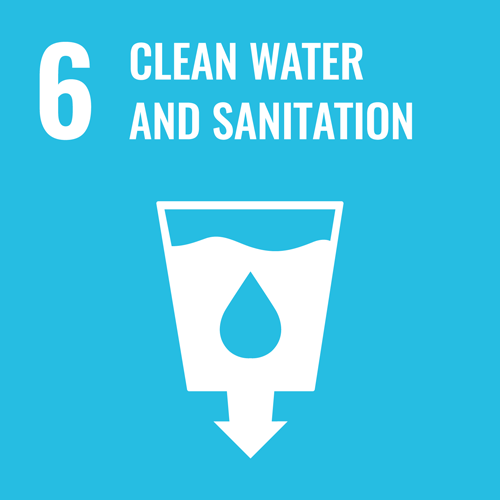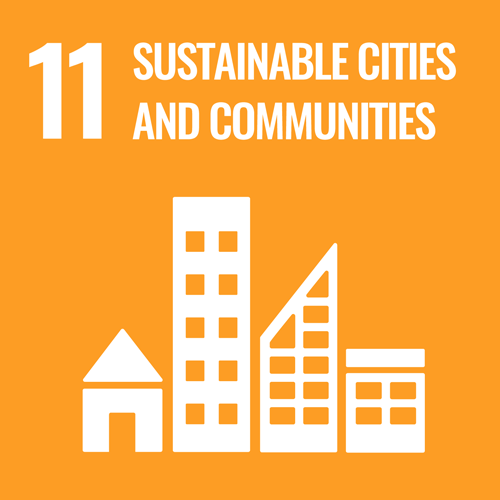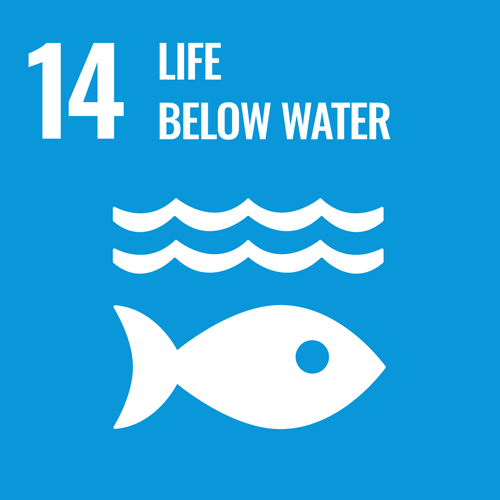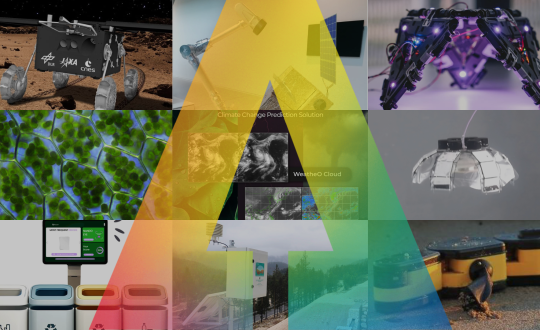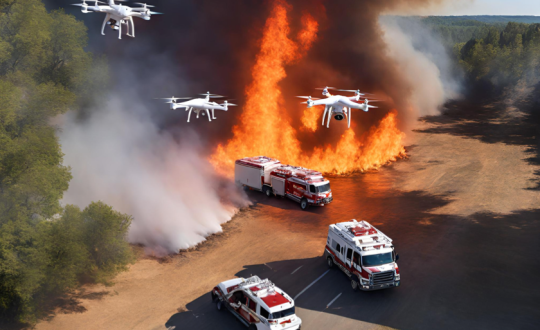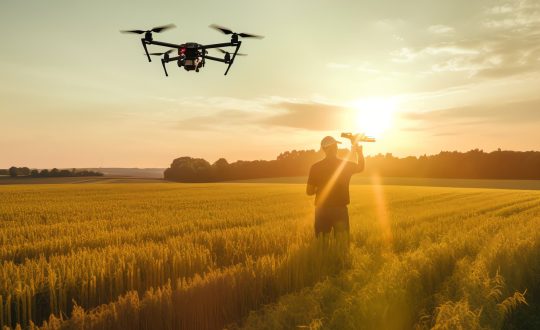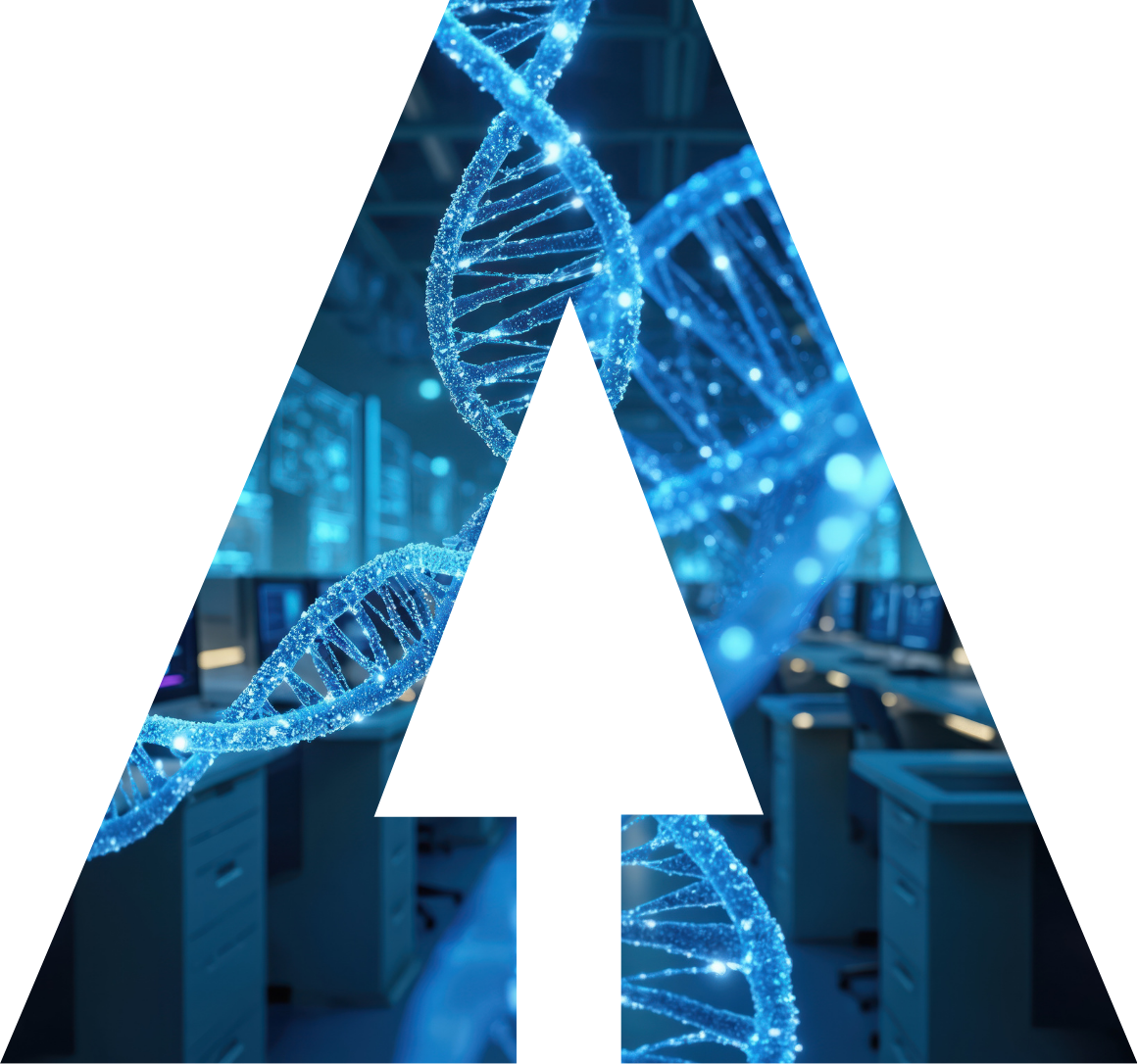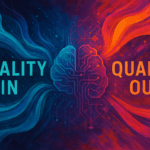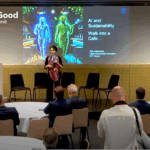It’s a historic moment for Artificial Intelligence (AI). All the pieces are coming together: big data, advances in hardware, emerging powerful AI algorithms, and an open source community for tools that reduces barriers to entry for industry and start-ups alike.
The result: AI is being propelled out of research labs and into our everyday lives, from navigating cities, ride shares, our energy networks, to the online world.
In 2018 everyone is starting to see the business value of AI. It is being added to more and more things every year, and it is getting smarter and smarter – accelerating human innovation. But as AI becomes more powerful, more autonomous and broader in its use and impact, the unsolved issue of AI safety is paramount. Risks include: bias, poor decision making, low transparency, job losses and malevolent use of AI, such as autonomous weaponry.
The challenge, however, goes beyond guiding “human friendly AI” to ensuring “Earth friendly AI”.
As the scale and urgency of the economic and human health impacts from our deteriorating natural environment grows, we have an opportunity to look at how AI can help transform traditional sectors and systems to address climate change, deliver food and water security, build sustainable cities, and protect biodiversity and human wellbeing.
To this end, in a new Forum-PwC report launched at Davos this year, we showcase the significant opportunity to harness AI for the Earth. Here we outline eight of the identified “game changer” AI applications to address this planet’s challenges:

©Image: PwC
1. Autonomous and connected electric vehicles
AI-guided autonomous vehicles (AVs) will enable a transition to mobility on-demand over the coming years and decades.
Substantial greenhouse gas reductions for urban transport can be unlocked through route and traffic optimisation, eco-driving algorithms, programmed “platooning” of cars to traffic, and autonomous ride-sharing services. Electric AV fleets will be critical to deliver real gains.
2. Distributed energy grids
AI can enhance the predictability of demand and supply for renewables across a distributed grid, improve energy storage, efficiency and load management, assist in the integration and reliability of renewables and enable dynamic pricing and trading, creating market incentives.
3. Smart agriculture and food systems
AI-augmented agriculture involves automated data collection, decision-making and corrective actions via robotics to allow early detection of crop diseases and issues, to provide timed nutrition to livestock, and generally to optimise agricultural inputs and returns based on supply and demand. This promises to increase the resource efficiency of the agriculture industry, lowering the use of water, fertilisers and pesticides which cause damage to important ecosystems, and increase resilience to climate extremes.
RELATED: The future of humanitarian response: UAVs, chatbots, and smart agriculture powered by AI
4. Next generation weather and climate prediction
A new field of “Climate Informatics” is blossoming that uses AI to fundamentally transform weather forecasting and improve our understanding of the effects of climate change. This field traditionally requires high performance energy-intensive computing, but deep-learning networks can allow computers to run much faster and incorporate more complexity of the ‘real-world’ system into the calculations.
In just over a decade, computational power and advances in AI will enable home computers to have as much power as today’s supercomputers, lowering the cost of research, boosting scientific productivity and accelerating discoveries. AI techniques may also help correct biases in models, extract the most relevant data to avoid data degradation, predict extreme events and be used for impacts modelling.
5. Smart disaster response
AI can analyse simulations and real-time data (including social media data) of weather events and disasters in a region to seek out vulnerabilities and enhance disaster preparation, provide early warning, and prioritise response through coordination of emergency information capabilities. Deep reinforcement learning may one day be integrated into disaster simulations to determine optimal response strategies, similar to the way AI is currently being used to identify the best move in games like AlphaGo.

©Image: PwC
6. AI-designed intelligent, connected and livable cities
AI could be used to simulate and automate the generation of zoning laws, building ordinances and floodplains, combined with augmented and virtual reality (AR and VR). Real-time city-wide data on energy, water consumption and availability, traffic flows, people flows, and weather could create an “urban dashboard” to optimise urban sustainability.
7. A transparent digital Earth
A real-time, open API, AI-infused, digital geospatial dashboard for the planet would enable the monitoring, modelling and management of environmental systems at a scale and speed never before possible – from tackling illegal deforestation, water extraction, fishing and poaching, to air pollution, natural disaster response and smart agriculture.
RELATED: How artificial intelligence will improve our lives: Tanmay Bakshi (VIDEO)
8. Reinforcement learning for Earth sciences breakthroughs
This nascent AI technique – which requires no input data, substantially less computing power, and in which the evolutionary-like AI learns from itself – could soon evolve to enable its application to real-world problems in the natural sciences. Collaboration with Earth scientists to identify the systems – from climate science, materials science, biology, and other areas – which can be codified to apply reinforcement learning for scientific progress and discovery is vital. For example, DeepMind co-founder, Demis Hassabis, has suggested that in materials science, a descendant of AlphaGo Zero could be used to search for a room temperature superconductor – a hypothetical substance that allows for incredibly efficient energy systems.
To conclude, we live in exciting times. It is now possible to tackle some of the world’s biggest problems with emerging technologies such as AI. It’s time to put AI to work for the planet.
The original version of this article first appeared on the World Economic Forum. Any views expressed in this article do not necessarily reflect those of ITU.


